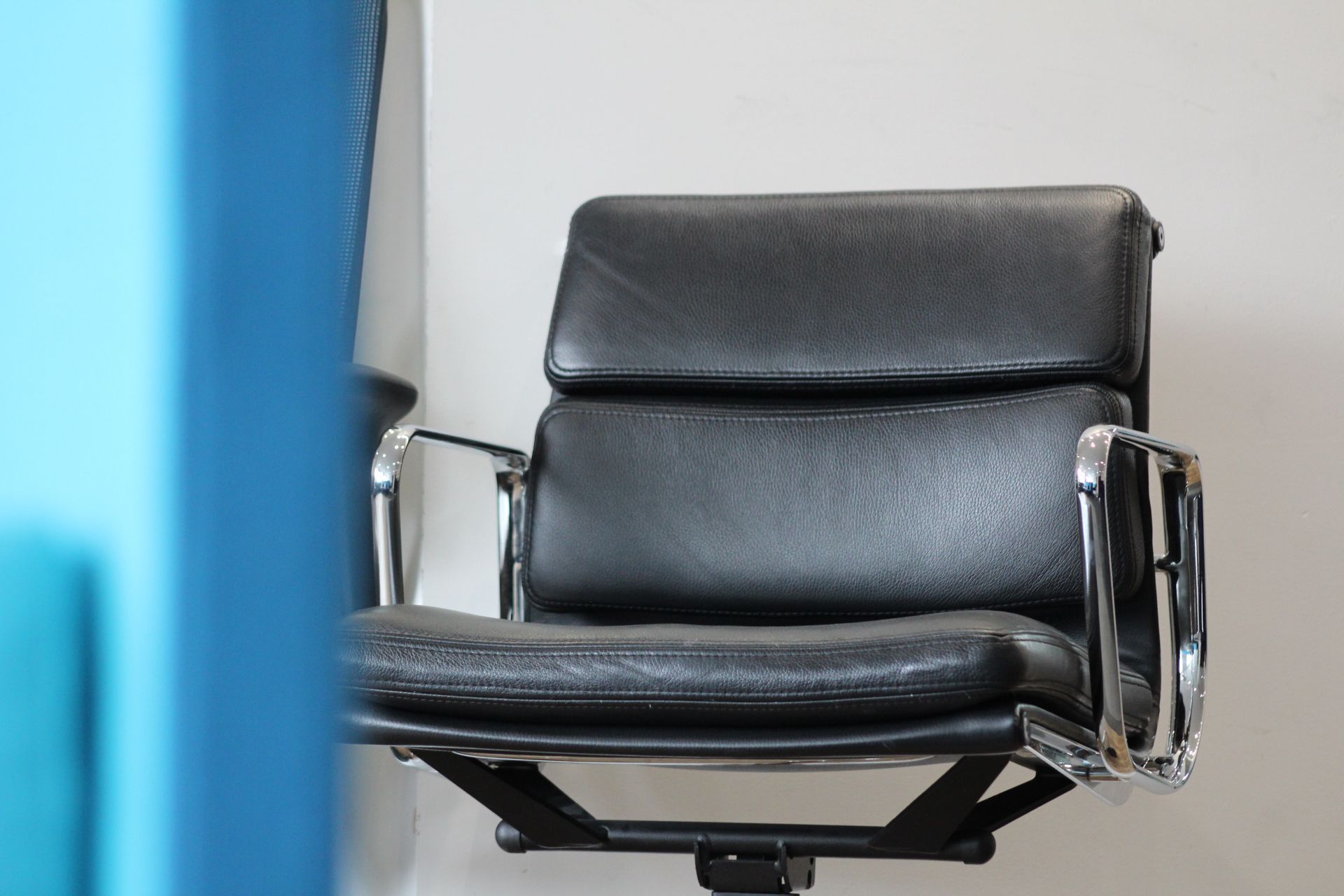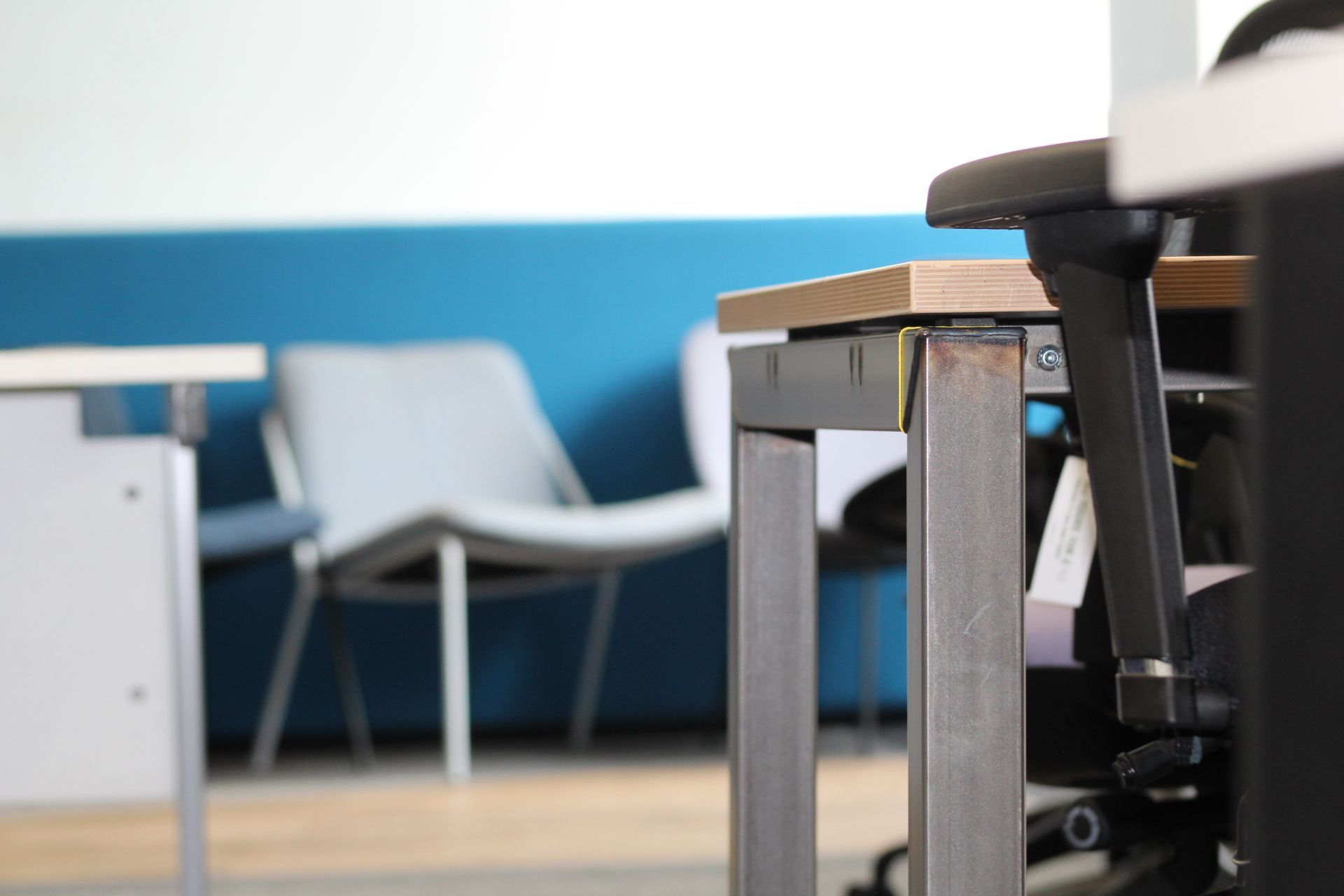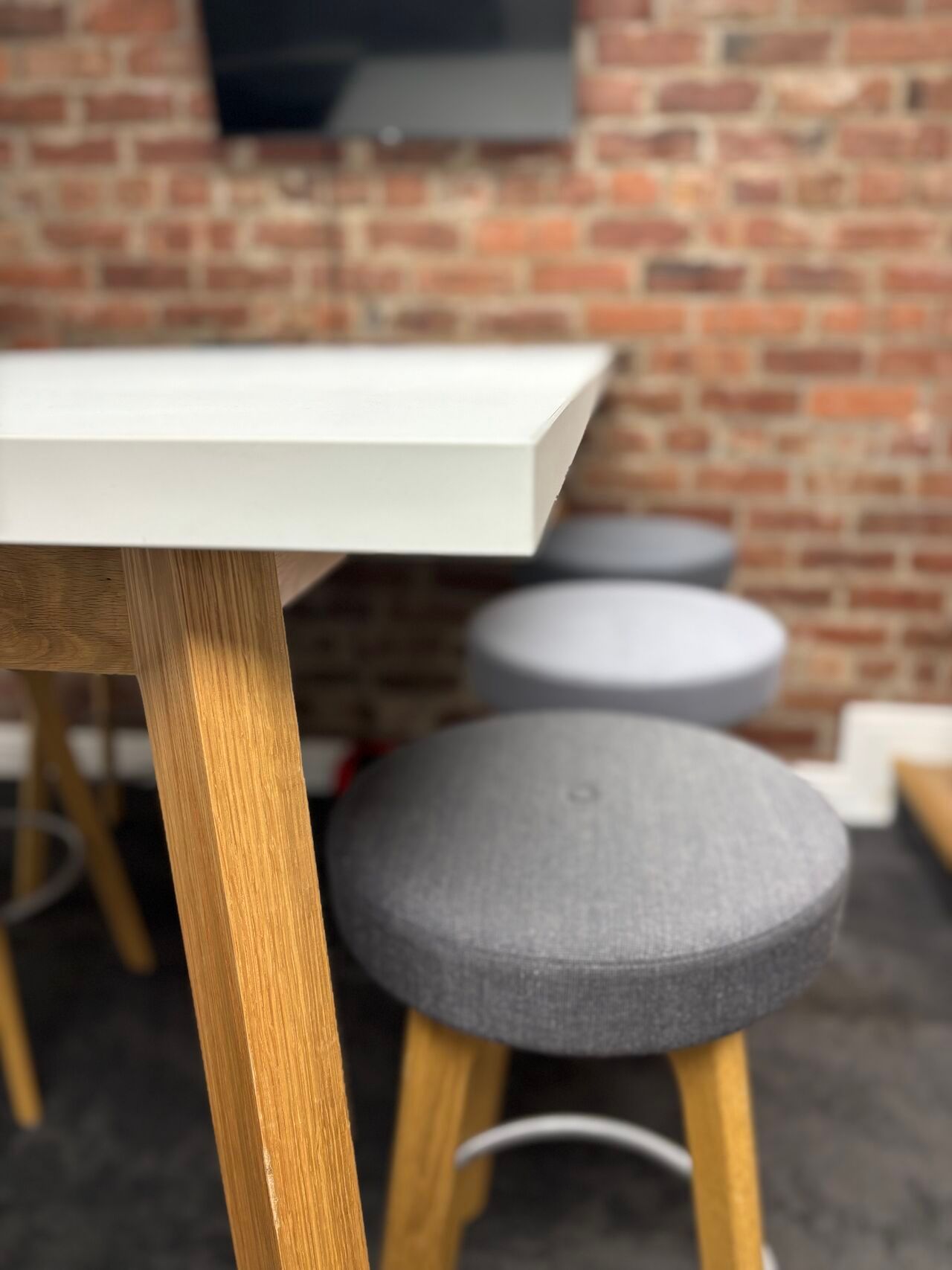Beyond Recycling: The Role of Office Furniture in a Truly Sustainable Economy
If you're here, you're probably managing a lot. A relocation, a refurbishment, or a growing ESG brief. Maybe you’re under pressure to meet sustainability targets, stay on budget, and deliver results your team and clients can actually see.
And right now, office furniture might not be on your radar. But it should be.
In most organisations, furniture is still treated as an afterthought. It’s functional, it’s bulky, and when it’s no longer needed, it’s often sent straight to landfill. But here’s the truth: when you start thinking of office furniture as a strategic asset within the
circular economy, everything changes. For your
budget. Your
carbon reporting. Your
project timelines. Your
reputation.
This article is for you if you’re tired of defaulting to skips. If you want smarter ways to meet
ESG goals without blowing your budget. If you’re ready to make office sustainability a measurable advantage - not just a checkbox.
We’ll show you just how much office furniture is wasted each year, what it’s really costing your business, and how the
circular economy
can apply directly to your projects. You’ll learn how organisations like yours are saving thousands, avoiding skips entirely, and turning unwanted furniture into reportable ESG wins - plus practical steps to get started today.
Curious what your office clearance could be worth?
Get in touch
with our team for a free circular furniture audit.
The Cost of a Linear Office Furniture Mindset
You’re probably familiar with the old model: buy new, use until it’s worn or no longer needed, skip it, dispose, and move on. It’s the default in most organisations - especially during relocations, refurbishments, or layout changes. But that model is becoming harder to justify. Not just because it’s wasteful, but because it’s expensive, inefficient, and increasingly out of step with sustainability expectations.
The numbers that should stop you:
- In the UK every year, roughly 1.2 million desks and 1.8 million chairs are landfilled, many still usable (source: WRAP).
- Globally, according to the Ellen MacArthur Foundation, 80-90% of office furniture ends up in landfill, despite 51% being suitable for reuse with only light repair.
- In the UK, between 165,000-200,000 tonnes of office furniture are discarded by businesses every year (source: GOV). Internal surveys suggest only a small percentage of that is ever reused or refurbished.
- Meanwhile, the UK landfill tax rose to £126.15 per tonne in April 2025 - and most organisations still overlook skip hire, labour, and handling costs on top.
This means you’re often paying twice: once to buy the furniture, and again to throw it away.
But there’s a better option - and it’s already working for businesses like yours.
Get in touch
with Coggin SOS for a
free office furniture audit
and see how much you could save before you clear a single item.
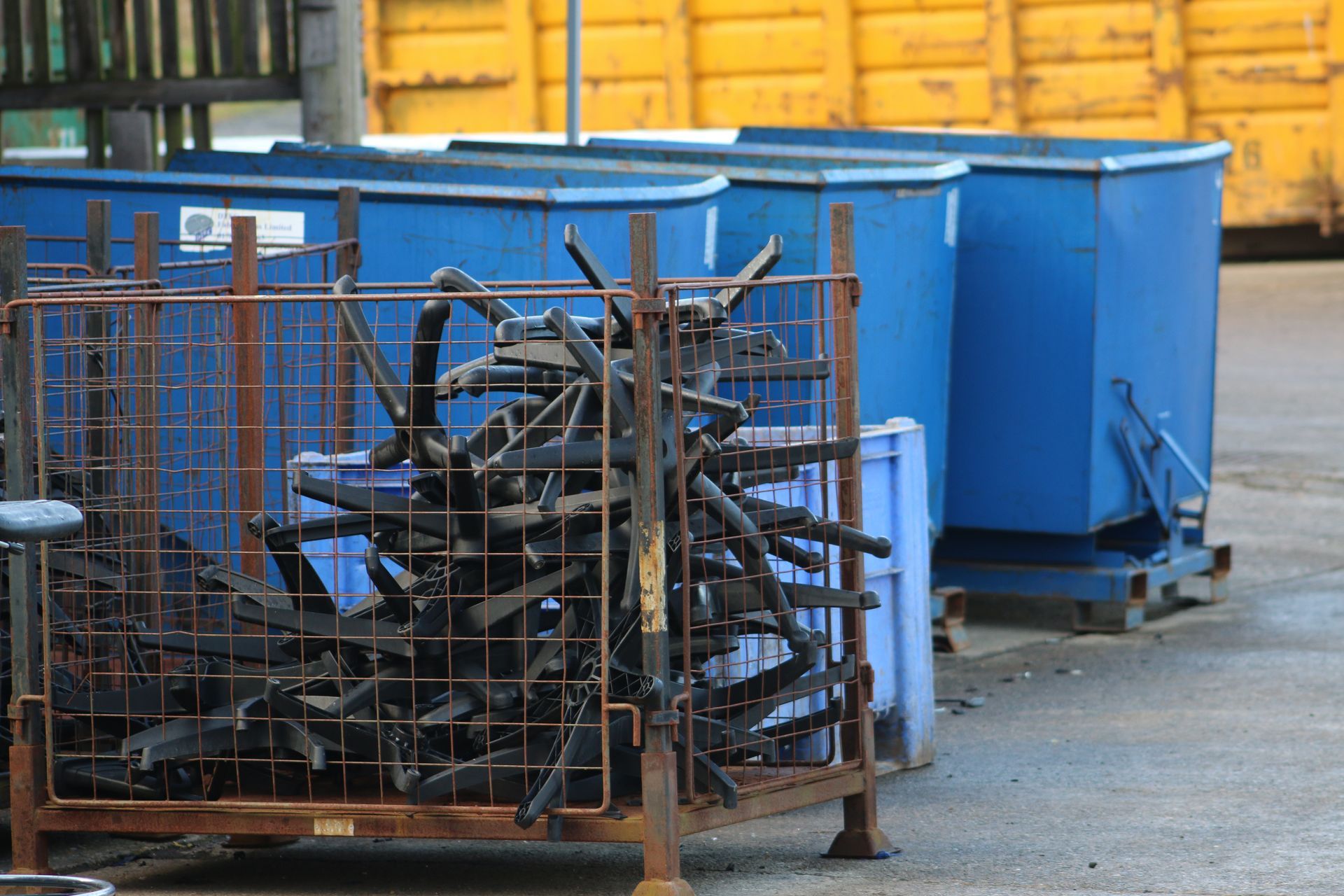
Why Tapping into the Circular Economy Is a Smarter Way to Do Business
When disposal costs stack up and sustainability targets get tougher, sticking with a linear model quickly becomes a liability. The circular economy offers a clear alternative, one that puts existing assets to better use.
Circular furniture strategies -
reuse, refurbishment, and recycling
- reduce overheads, avoid delays, and deliver measurable carbon savings.
WRAP
reports that refurbishing office furniture can reduce embodied carbon by up to
80% compared to purchasing new. And every desk reused avoids the emissions, material extraction, and disruption involved in manufacturing a replacement.
In the UK alone, keeping 200,000 desks and 295,000 chairs in circulation each year avoids around 3,600 tonnes of CO₂e - roughly the same as taking 1,600 cars off the road!
Across Europe, the upside is even greater. According to the
European Environmental Bureau, embracing circular models in the furniture sector could unlock
€4.9 billion in economic value and create over
163,000
new jobs by 2030.
For practical guidance on how to apply circular economy principles to your office, visit our
Learning Centre, packed with insights, videos, quizzes, and step-by-step advice.
Or, dive deeper into the wider impact of circularity in workplace design in our article:
Understanding the Circular Economy in Office Furniture: A Comprehensive Analysis.
Why It Matters to Your Business - Today
There’s growing pressure to prove that your business decisions align with ESG goals. Landfill is no longer a cheap or acceptable option.
- The UK landfill tax rose to £126.15 per tonne in April 2025.
- Procurement teams now expect circular procurement as standard.
- Net Zero targets require detailed reporting and your furniture strategy is part of that.
Legislation is also evolving. With policies like the UK’s
Extended Producer Responsibility
regulations and the EU’s
Ecodesign for Sustainable Products Regulation, durability and traceability are becoming non-negotiable. Frameworks like
BS 8001:2017 go further - expecting measurable circular practices, not assumptions.
That’s where Coggin SOS supports you directly.
In 2024, we helped clients reuse over 6,775 items and recycle more than
17,500, diverting them from landfill. We also processed
894,162kg of separated material, with full audit trails and
zero-landfill
assurance. All while cutting costs and supporting ESG goals.
If your team is planning a move, fit-out, or decommission, this is your chance to align commercial priorities with environmental performance, and prove it.
Get in touch with our team to arrange a
zero-landfill office clearance
or
recycling solution today.
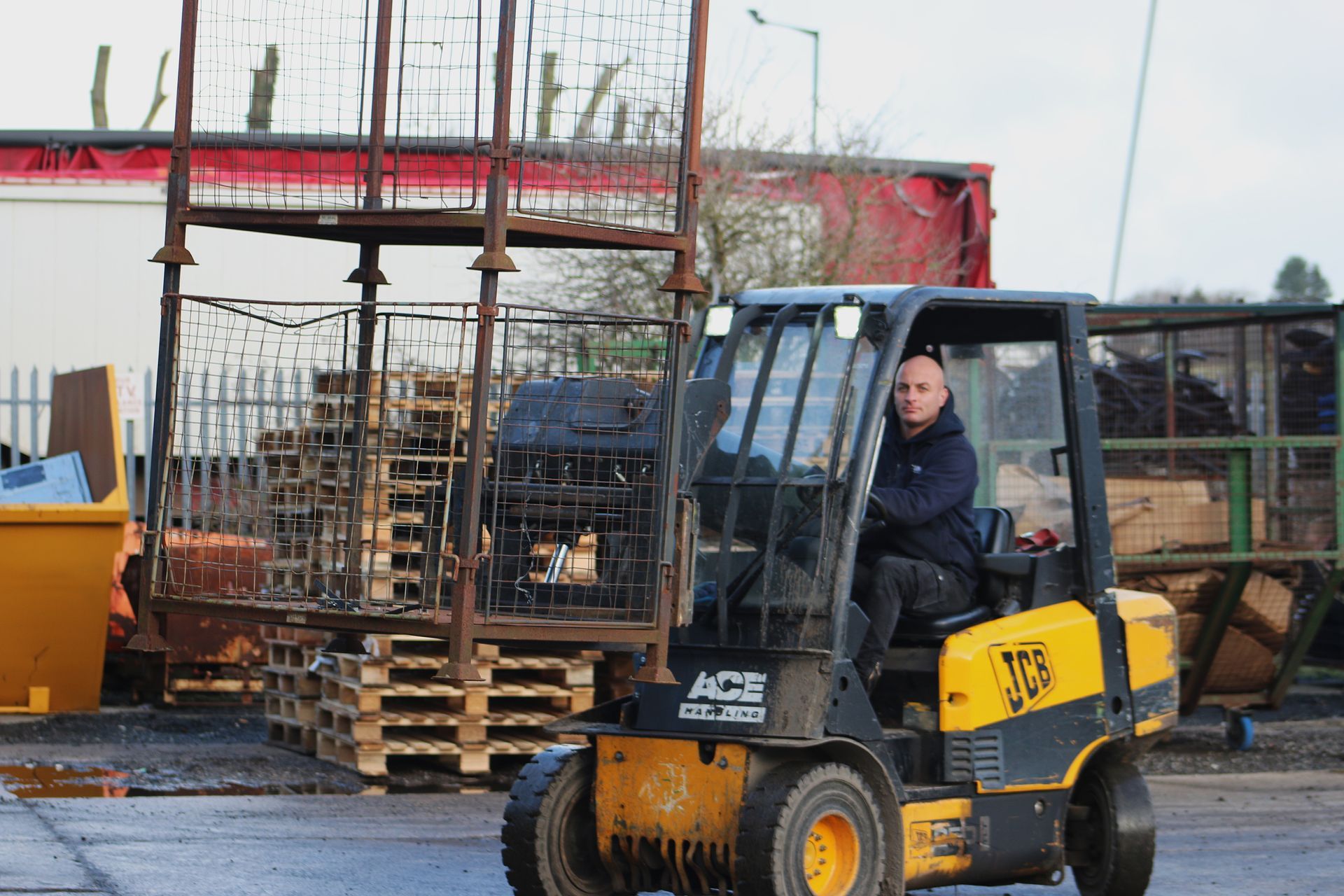
What Happens to Your Office Furniture During a Circular Project
If you’re planning a move, fit-out, or clearance, you don’t have to send everything to landfill or buy new. Much of what you already have can be put back to work.
At Coggin SOS, we treat every project as an opportunity to protect your budget and your ESG goals. Here’s how:
We start with reuse
A large proportion of office furniture is still in excellent condition. We clean, check, and redeploy it - either within your business or through resale. That means you avoid disposal costs and skip the wait for replacements.
Curious how to keep your furniture in use for longer? We’ve broken down the key strategies in
this article.
We refurbish what can be restored
Chairs can be reupholstered, desks resized, and mechanisms repaired. You get like-new furniture at a fraction of the cost, without compromising on quality. In one recent project, a client saved £7,710 and prevented 2,138 kg of CO₂e!
Take a look at our case studies
here.
We recycle what’s left - properly
If something can’t be reused or refurbished, we dismantle it and send it through certified recycling streams. In 2024 alone, we diverted over 17,500 items and 894,162 kg of material from landfill, all tracked and fully auditable.
Click here
to find out more about our recycling process.
We supply what you still need - sustainably
Need to top up your stock? We hold refurbished items from long-life brands like Herman Miller, Vitra, and Orangebox - available within 10 days and backed by a full 12-month warranty.
See what’s
currently in stock.
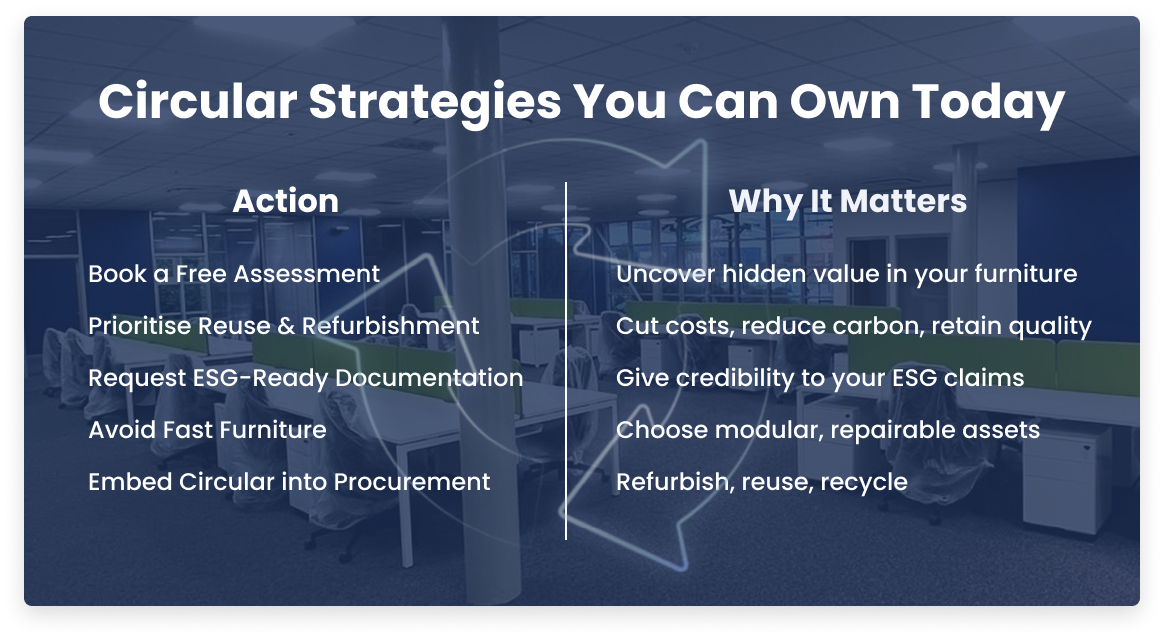
Final Thoughts: Beyond the Bin, Into the Loop
Recycling is great. But real sustainability work starts earlier. It starts at the moment you decide not to throw that chair or desk away. It starts when you ask: how can we keep this in use?
At Coggin SOS, we help you answer that with confidence.
We repair what others skip.
We document what others ignore.
We deliver value others miss.
So next time you’re planning a fit-out, a clearance, or an office move, ask yourself: what kind of business do we want to be?
Because every desk you save, every chair you refurbish, every kilo you divert, it all adds up.
Ready to go beyond recycling?
Let’s build a zero-landfill plan around the assets you already own.
Get in touch
today to find out how much you could save.

